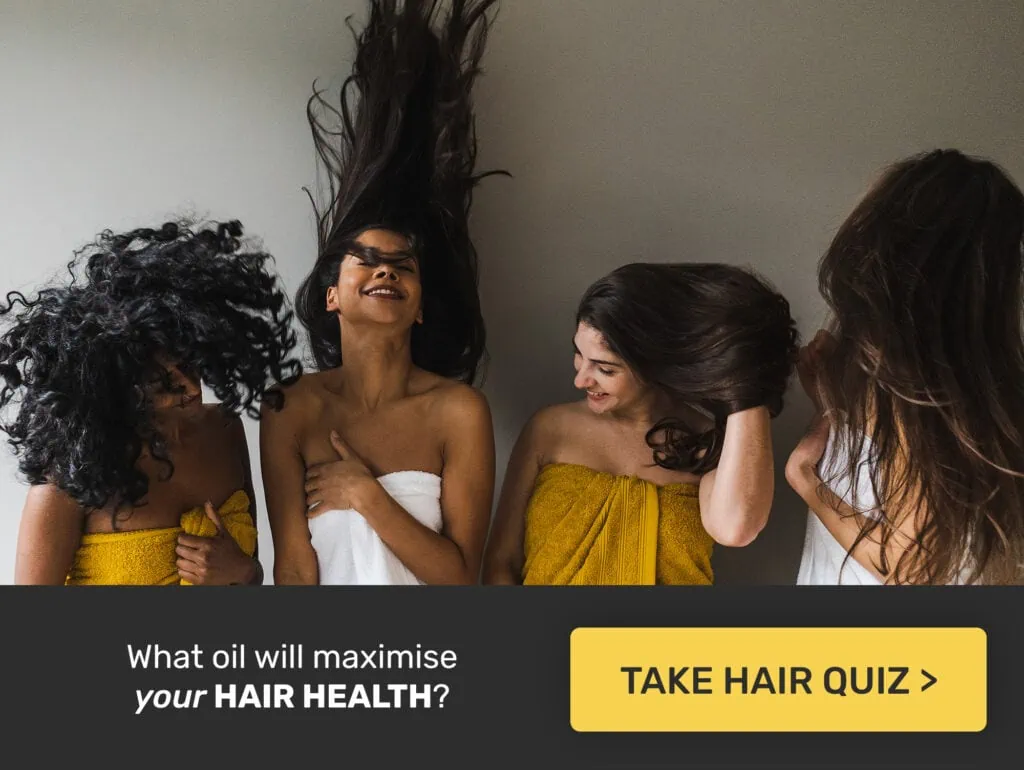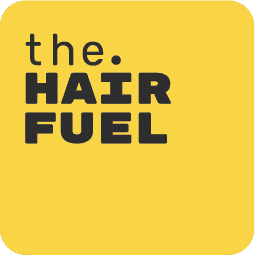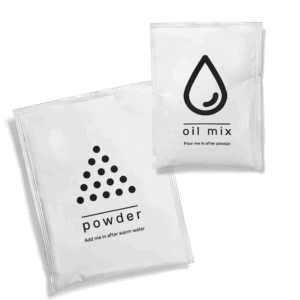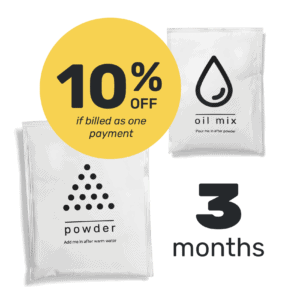When it comes to hair care, one of the most debated topics is the impact of blow drying. With so many opinions and myths swirling around, it’s crucial to separate fact from fiction. Let’s delve into the reality behind the commonly asked question: is blow drying hair bad?
The Dawn of the Blow Dryer
In the late 19th century, a significant innovation in hair care emerged with the invention of the blow dryer. Alexandre F. Godefroy, a creative stylist, introduced the first model in his salon in France. This stationary device marked a revolutionary step in hair styling, although it was quite different from the handheld hair dryers we know today. It was large, often seated, and attached to the chimney pipe of a gas stove, but its impact on hair styling was profound, paving the way for the modern handheld hair dryers that appeared in the 1920s.
The evolution of the blow dryer has significantly influenced our understanding of hair care and styling. Today, this ubiquitous tool is not just about drying hair; it’s an integral part of our beauty and grooming rituals. However, with its widespread use, a crucial question arises, about its impact on hair health. This article delves into the effects of blow drying on hair, exploring both the positive aspects and the potential downsides, to provide a comprehensive view of how this century-old invention continues to shape our hair care practices.
Understanding the Process of Blow Drying Hair
Blow drying involves using a hair blower dryer to expedite the drying process. While it’s a quick and efficient way to style hair, understanding its effects on hair health is essential. The process involves direct heat and air flow, which can have both positive and negative impacts.

The Myths & The Facts
There are risks associated with both, blow drying and air drying, neither method is inherently bad for the hair. The key lies in how these methods are used. Let’s look at some of the myths & facts behind blow drying:
- Myth: Blow Drying Always Damages Hair
- Reality: While blow drying can cause damage, it’s not an inevitable outcome. The damage is often due to how the hair dryer is used. Exposing hair to high heat can create little holes in the hair’s protective layer, known as cuticle damage. This can lead to breakage and loss of the protein and lipids in hair strands. However, using a blow dryer wisely: i.e. on a medium heat setting and not directly against your hair, can minimize damage. Also, using protective products like leave-in conditioners or heat protectants can help shield the hair during blow drying.
- Myth: Air Drying is Always Better than Blow Drying
- Reality: Contrary to popular belief, air drying isn’t always the gentler option. Studies have shown that hair strands can swell and become damaged from prolonged water exposure during air drying. This swelling can be more damaging than the controlled use of a hair dryer. Additionally, leaving hair wet for extended periods can stretch and misshape the strands. Proper blow drying, with continuous movement and at a safe distance, can sometimes be healthier for hair.
- Myth: You Shouldn’t Blow Dry Dry Hair
- Reality: Blow drying can be used on dry hair for styling purposes. The key is to use a lower heat setting to avoid causing excessive dryness or damage. Using a quality hair dryer that distributes heat evenly can help, as well as using heat protectant products to safeguard the hair during styling.
There are risks associated with both blow drying and air drying, neither method is inherently bad for the hair. The key lies in how these methods are used. Let’s look at some of the myths & facts behind blow drying:
Tips on blow drying your hair with minimum damage
1. Use a Heat Protectant
Applying a heat protectant forms a thin film on the hair surface, slowing down heat conduction and distributing heat more evenly. This process helps the hair heat up gently, causing less damage. Silicones, often found in these products, have low thermal conductivities and seal the hair cuticle, reducing moisture loss and protecting from heat damage. However, it’s important to note that heat protectants cannot completely eliminate damage, but can reduce it significantly, providing up to 50% protection in some cases.
2. Opt for Ionic Dryers
Ionic dryers emit negative ions that break down water molecules faster. This reduces the time hair is exposed to heat, which is beneficial since prolonged exposure to high heat can weaken the hair’s protein structure and lift the cuticle. This can lead to moisture loss, making the hair dry and brittle. By minimizing exposure time, ionic dryers help in preserving the hair’s moisture and integrity.

3. Choose the Right Temperature
Using lower temperatures is less damaging to the hair. High temperatures can cause significant damage by weakening the hair’s protein structure and causing the cuticle to lift, leading to dry, brittle hair. This happens by an effect known as “thermal degradation” – breaking down of the bonds within the hair strand.
High heat from blow drying also causes the hair’s outermost layer, the cuticle, to lift or open up, leading to increased porosity and potential damage. By choosing a moderate temperature, you can reduce these risks, maintaining the hair’s health and appearance.
4. Keep the Dryer Moving
Constant movement of the dryer prevents concentrated heat exposure on a single spot, which is crucial since localized overheating can cause significant damage to the hair’s structure. By distributing heat evenly, you reduce the risk of weakening the hair’s protein structure and lifting the cuticle, thereby preserving the hair’s moisture and reducing breakage. Using a diffuser attachment will further help distributing heat across your hair strands.
5. Distance Matters
Keeping the dryer at least six inches away from your hair minimizes direct heat damage. Direct and intense heat can cause immediate damage to the hair’s structure, leading to dryness and breakage. The appropriate distance allows for a gentler heating process, which is less damaging.
6. Timing
Only using hair dryer to the point of 50-80% dry will reduce the exposure to the high heat. You can then leave your hair air dry. This method is helpful since it still reduces the time your hair roots are under extra tension from being too wet, and it reduces the time your hair is exposed to high heat. Prolonged exposure to high heat can cause significant damage to the hair’s structure, minimizing this exposure is crucial for maintaining hair health. Allowing your hair to air dry partially after using a hair dryer can be an effective way to reduce heat damage.
Incorporating these tips can help in minimizing the damage caused by blow drying, allowing you to enjoy styled hair without compromising its health and integrity.

Blow drying effect on hair growth
As we are after all, a portal about hair growth, we couldn’t help but to mention how blow drying can affect your hair growth. Blow drying hair can have both positive and negative impacts on hair growth. While it can reduce the strain on hair roots by making hair lighter, excessive use, especially with high heat, can lead to scalp and hair damage.
Positive Effects of Blow Drying
- Reduced Strain on Hair Roots: When hair is wet, it’s heavier, which can pull on the roots and potentially lead to hair loss. Blow drying hair makes it lighter and reduces this strain, potentially protecting the hair roots and minimizing hair loss due to pulling.
Negative Effects of Blow Drying
- Heat Damage to Scalp and Hair: Excessive use of blow dryers, especially on high heat, can damage both the hair and scalp. The high temperatures can remove natural oils from the hair strands and scalp, leading to dry, brittle hair. This level of heat can also potentially inflame the scalp and weaken hair roots, which could contribute to hair loss.
- Risk of Scalp Dryness and Irritation: The intense heat from blow drying can dry out the scalp. A dry scalp can lead to various issues, including itching, irritation, and flaking. These conditions can disrupt the natural hair growth cycle and potentially contribute to hair thinning or loss.
The key to using a hair dryer without adverse effects on hair growth is moderation and proper technique, such as using cooler settings and not focusing the dryer on one spot for too long. This balanced approach can help you enjoy the benefits of blow drying while minimizing the risks to your hair health.

-
Derma Stamp for Hair Growth$19.59
-
“I’m not sure” ongoing subscription$61.99 / month
-
“Get growing” 3 months bundle$171.99 or equivalent of $57.33 / month
Sources:
Bubble hair – a possible explanation for its distribution (1)
Hair Shaft Damage from Heat and Drying Time of Hair Dryer (2)



